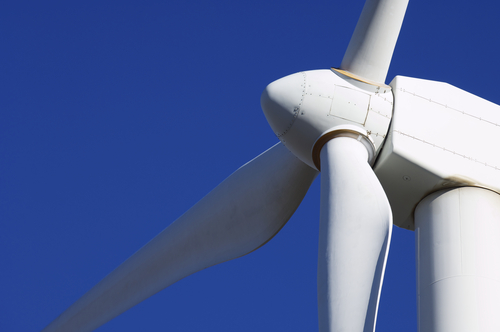
The reserve quantities of fossil fuel are well understood by the energy industry, which uses tested indicated and proven reserve assessment to aggregate the resources that will be available in years to come. Renewable energy is usually expressed in terms of annual capacity, often ignoring the lifetime potential of wind and biomass projects.
A report commissioned by BP from Bloomberg New Energy Finance (BNEF) looks at ways of comparing renewables with non-renewable energy sources and concludes that there are significant ‘reserves’ of renewable power in existing projects. Of course renewable energy is by definition an infinite reserve. “This output is not infinite,” says Gary Turner, head of economics at BNEF, “but bounded by technological and economic constraints in a way that has significant parallels with fossil energy projects. By considering a project’s commercial status within these constraints, it is possible to evaluate the cumulative energy output over its lifetime, and to classify this output as a reserve.”
See in this light, renewable energy from existing projects may be larger than expected. In the US, thanks in part to high rates of wind and biofuels (including biomass and waste to energy sources) deployment, the ‘commercial’ renewable reserves of these two sectors are about one seventh the size of the equivalent combined oil and gas reserves. In Brazil, bioenergy is particularly strong, again because of biofuels, and represents reserves equivalent to over two fifths of the country’s proved oil and gas reserves. The Brazilian wind sector, though small today, is expecting rapid capacity growth in coming years, shown by the large reserves attributed to ‘potentially commercial’ projects, the report says.













